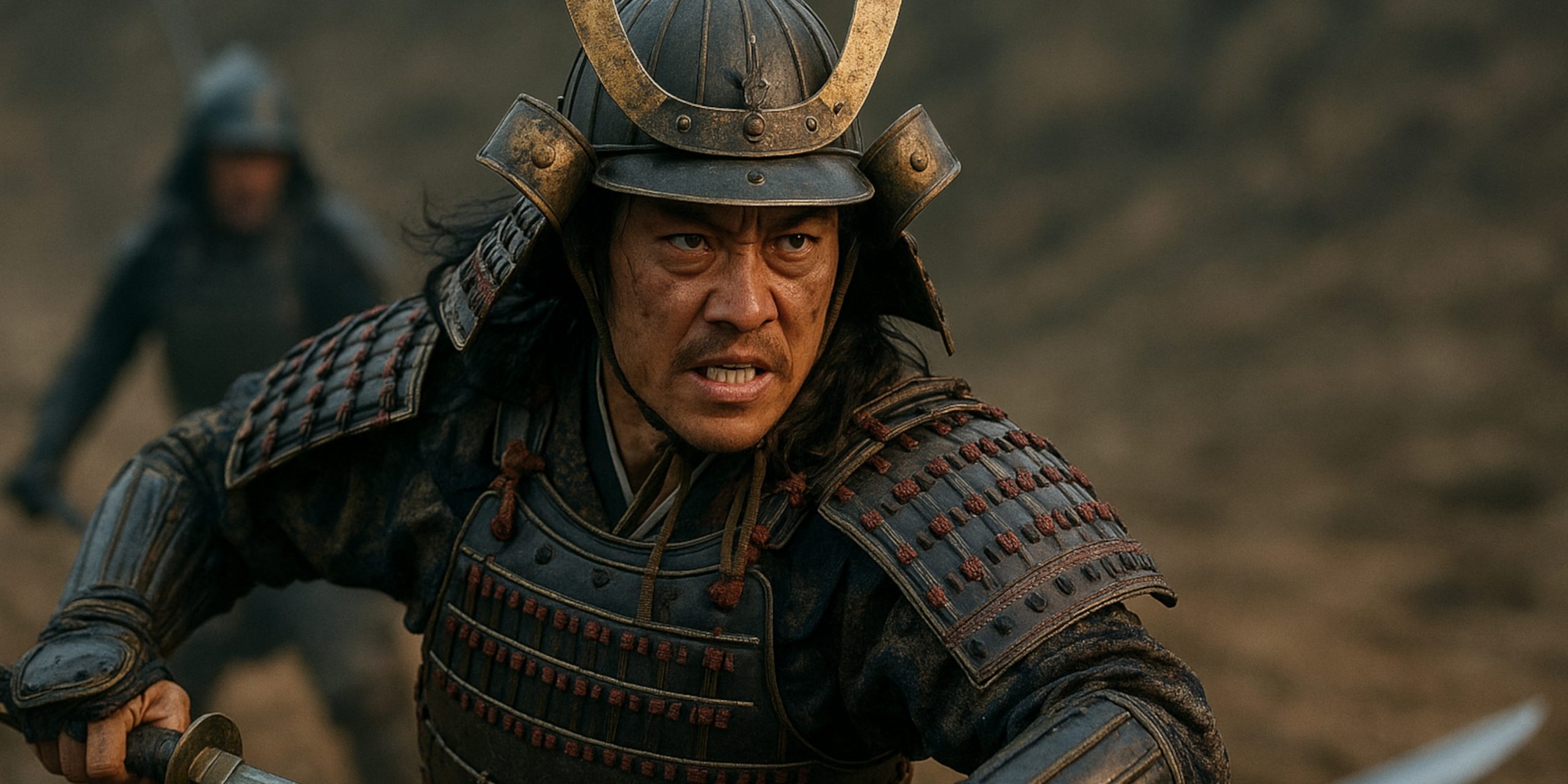
Minamoto no Yoshitsune is among the most celebrated figures in Japanese history, a warrior whose brilliance in battle and tragic downfall have made him a lasting symbol of heroic honour. Born in the late Heian period, he rose to fame during the Genpei War and later became a victim of political rivalry within his own clan.
This article covers his life, military career, arms and armour, archaeological findings, and where to see artefacts connected to his legacy.
Early Life and Background
Yoshitsune was born around 1159, shortly after the Heiji Rebellion, which had left the Minamoto clan weakened. His father, Minamoto no Yoshitomo, was killed, and Yoshitsune was sent to Kurama Temple near Kyoto, likely as a means to keep him from political entanglement. However, he secretly studied military tactics and martial arts, showing early signs of strategic talent.
Battles and Military Acumen
Yoshitsune’s genius on the battlefield became evident during the Genpei War (1180–1185), a conflict between the Minamoto and Taira clans. His campaigns, especially in the final stages of the war, showcased mobility, tactical innovation, and bold risk-taking.
Key Battles:
| Battle | Year | Outcome | Notable Tactics |
|---|---|---|---|
| Battle of Ichi-no-Tani | 1184 | Minamoto victory | Surprise flanking attack down a steep cliff |
| Battle of Yashima | 1185 | Minamoto victory | Naval deception and forced Taira withdrawal |
| Battle of Dan-no-ura | 1185 | Decisive Minamoto victory | Coordinated naval assault; psychological warfare through knowledge of internal Taira divisions |
Yoshitsune often employed terrain to his advantage, struck with speed and precision, and used psychological pressure to unsettle more numerous or entrenched foes.
Arms and Armour
Yoshitsune is traditionally depicted in full ō-yoroi (great armour), a heavy and ornate lamellar armour style associated with high-ranking samurai of the late Heian period.
Key elements:
- Ō-yoroi: Constructed of iron and leather scales lacquered and laced with silk cords. Provided excellent protection but limited mobility.
- Kabuto (helmet): Often included a crest (maedate), possibly the Minamoto clan emblem.
- Tachi sword: A curved, slung sword worn edge-down. Likely his primary weapon.
- Yumi (longbow): Essential to samurai warfare at the time. Yoshitsune would have been trained in mounted archery, a staple of elite warriors.
Legends often pair him with the warrior-monk Benkei, who supposedly wielded a large naginata, adding to the romanticised image of Yoshitsune’s entourage.
Fall from Grace and Death
Despite his service, Yoshitsune fell out of favour with his older brother, Minamoto no Yoritomo, who had become the first Kamakura shogun. Yoritomo viewed Yoshitsune’s growing popularity as a threat and sought to eliminate him.
Forced into exile, Yoshitsune fled north to the domain of Fujiwara no Hidehira, but after Hidehira’s death, he was betrayed. In 1189, surrounded at Koromogawa, he committed ritual suicide. His loyal retainers, including Benkei, died fighting. The exact details of his death remain debated, and folklore sometimes suggests he escaped and resurfaced elsewhere, even as far as Mongolia.
Where to See Artefacts and Historical Sites
1. Kyoto – Kurama-dera Temple
Believed to be where Yoshitsune spent his early years. The area preserves a strong local connection to his memory.
2. Gikeidō Hall (Hiraizumi)
A small shrine honouring Yoshitsune near the site where he died. Hiraizumi also has ruins of the Fujiwara stronghold.
3. Tsurugaoka Hachimangū (Kamakura)
While associated more with Yoritomo, the shrine includes references to Yoshitsune and the Minamoto clan.
4. Tokyo National Museum
Houses various Heian-era swords, armour, and banners attributed to or associated with the Minamoto.
5. Historical Arms and Armour Collections in Sendai and Iwate
Several regional museums in the Tōhoku region, where Yoshitsune’s final days unfolded, contain items linked to the Genpei War and his legend.
Archaeological and Cultural Legacy
No confirmed grave has ever been found for Yoshitsune. His supposed burial site in Hiraizumi is marked, but lacks strong archaeological verification. Excavations in the region have unearthed Heian-period artefacts, including arrowheads, helmet fragments, and lacquered armour fittings, which offer context rather than confirmation.
His legacy persists more vividly in literature and drama. The Gikeiki, a 14th-century war tale, turned him into a tragic hero. Noh and Kabuki theatre elevated his story further, transforming Yoshitsune into a near-mythical figure.
The Seven Swords takeaway
Minamoto no Yoshitsune remains one of Japan’s most compelling historical figures. A brilliant tactician and romanticised warrior, he embodied both the power and fragility of honour in feudal Japan. His military strategies continue to be studied, and the legend surrounding his downfall has secured his place not only in history books but in the cultural psyche of the nation.
His story is one of ambition, loyalty, and betrayal, all playing out against the backdrop of one of the most formative periods in Japanese history.
Watch the documentary:



